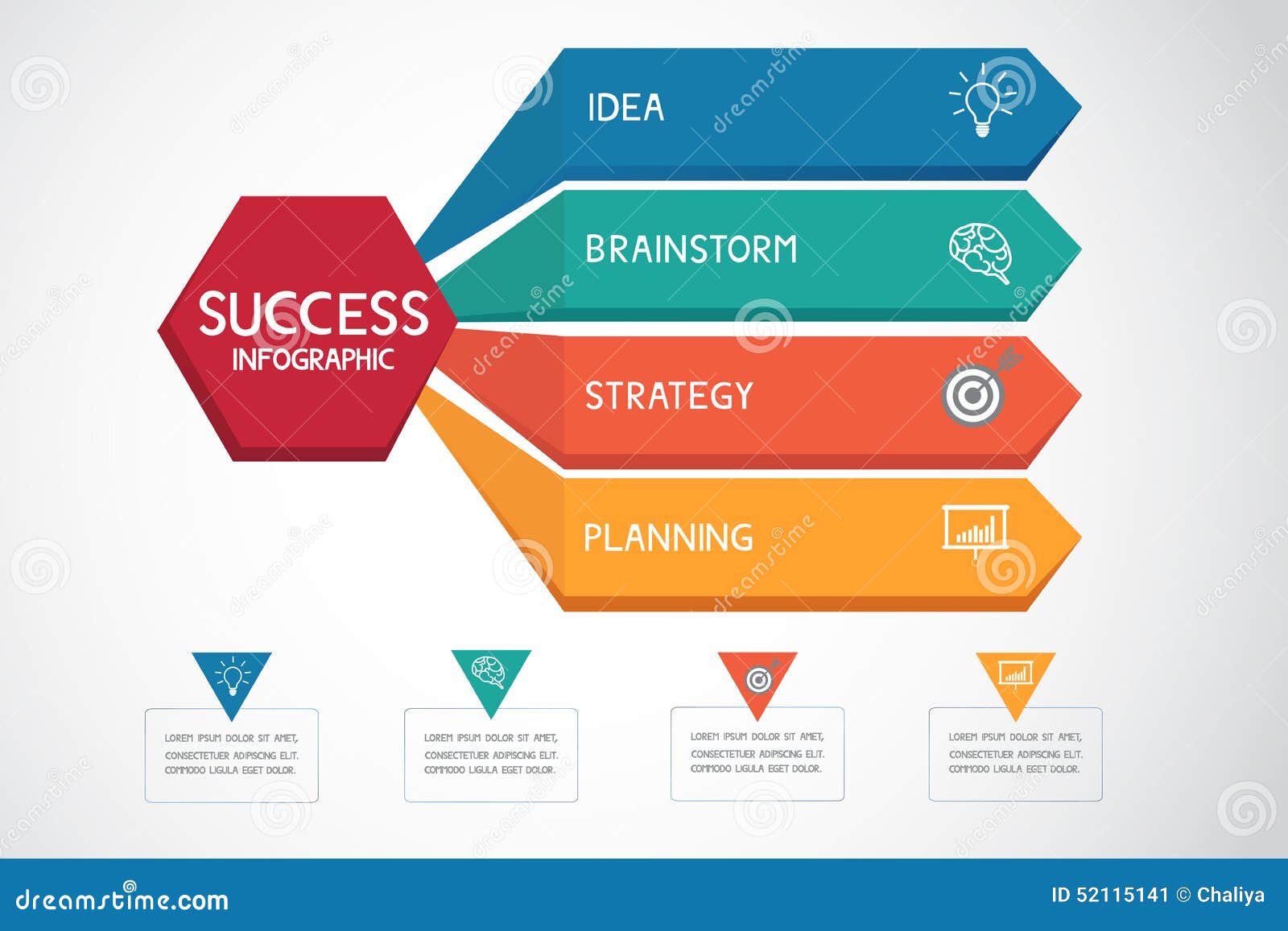Core Principles Of Website Layout: Suggestions For Crafting A User-Friendly Online Existence
Core Principles Of Website Layout: Suggestions For Crafting A User-Friendly Online Existence
Blog Article
Authored By-Abildtrup Gammelgaard
When it pertains to site design, ensuring user-friendliness is key. From receptive style to streamlined navigating, every element plays a vital function in developing a website that caters to your target market's requirements. However what about Highly recommended Web-site that can make or break a customer's surfing experience? Remain tuned as we discover some often-overlooked tips that can raise your web site's usability to the next level, making it truly stand out in the electronic landscape.
Significance of Responsive Design
Responsive layout is a critical aspect of contemporary web site advancement. Ensuring your site is receptive methods that it can adapt to different screen dimensions and gadgets, supplying a smooth experience for customers.
With the enhancing use smart devices and tablets to access the internet, having a responsive style is crucial for reaching a larger audience. It aids in boosting customer experience by making your web site very easy to browse and read on any gadget.
Additionally, responsive design can favorably influence your online search engine rankings, as internet search engine like Google focus on mobile-friendly web sites. By having a receptive layout, you're additionally future-proofing your website, as brand-new tools with differing display sizes remain to arise.
Simplify Navigating Structure
To improve customer experience and facilitate easy accessibility to info on your website, simplifying the navigating structure is extremely important. When creating your website, concentrate on producing a clear and instinctive navigation food selection that aids site visitors discover what they're looking for quickly.
ada accessibility for websites of food selection things to the essentials, organizing related pages with each other to avoid frustrating customers. Usage detailed tags that clearly indicate the web content of each page, making it much easier for customers to understand where each web link will certainly take them.
Take into consideration carrying out dropdown menus for subcategories to stop littering the main navigation bar. Furthermore, include a search bar plainly on the web page for customers who prefer searching for specific information.
Focus on mobile responsiveness in your navigation design to make sure very easy gain access to on all devices.
Enhance Page Load Rate
Improving web page load speed is critical for keeping site visitors on your web site. Slow-loading pages irritate customers and can result in high bounce rates. To optimize page tons rate, begin by maximizing photos. Press pictures without jeopardizing high quality to minimize their documents sizes.
Additionally, enable browser caching to store frequently accessed sources locally, accelerating tons times for returning site visitors. Minify CSS, JavaScript, and HTML documents by getting rid of unnecessary personalities, comments, and formatting, boosting tons rate.
Consider making use of a content distribution network (CDN) to disperse your website's web content across multiple web servers worldwide, decreasing latency for individuals accessing your site from different places. Last but not least, restrict making use of third-party manuscripts and plugins, as they can substantially affect load times.
Verdict
To conclude, by integrating receptive style, simplifying navigating, and optimizing page lots speed, you can develop an user-friendly site that appeals to a bigger target market and improves customer experience. These essential elements ensure that site visitors can conveniently accessibility and navigate your site throughout various devices, causing raised involvement and complete satisfaction. By concentrating on these essential facets, you can build a successful internet site that keeps individuals coming back for more.
